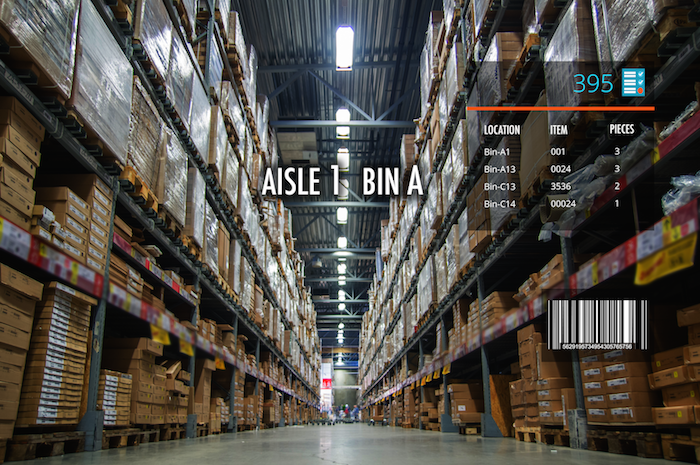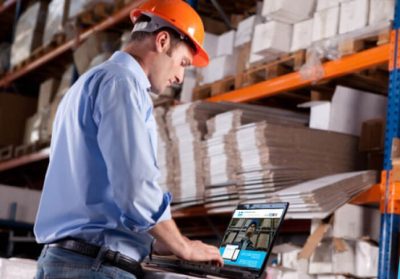Augmented Reality (AR) is a mix between the real and virtual world by using digital images to enhance our real world surroundings. Its different from Virtual Reality (VR) where an entire environment is simulated on a screen rather than just part of it. Its actually overpowering VR as the technology of choice for many industries because AR interacts with the user’s environment directly.
In essence, Augmented Reality is hidden behind marker images, that can be included in printed and film media. The marker is displayed for a suitable length of time, in a steady position for an application to identify and analyze it. The marker then has to remain visible, depending on the content.
Augmented Reality Throughout Industries
We are seeing advertising and e-Commerce companies using this technology to create a 3D render of a product such as a car or a shoe and trigger it as an overlay to a marker. This allows the consumer to see a 360-degree image of the product thoroughly with size augmentation features. Researchers and engineers are pulling television or computer displays and integrating them into real world environments. Google rolled out Google Glass in 2013, making augmented reality a wearable solution. It uses a lens screen to display the user’s voice commands and overlaying images. An application called Layar, uses a smartphone’s GPS and its camera to help users know about their surroundings such as nearby restaurants, stores and other points of importance.
Augmented Reality is also being used in gaming and vertical applications and emerging products like Oculus Rift’s 3D gaming headset. Disney developed an AR coloring Book, where you can color a character in a conventional book and launch the app on the device. The app uses a smartphone’s camera to detect the character and the software re-creates the character in 3D on the screen. You can even see AR daily with sports coverage shows on television whenever they show a play in slow motion.
The Future of AR in Manufacturing
Currently there’s talk about AR earbuds, that allow the adjustment of sounds coming from your surroundings. As well as research to include AR functionality in contact lenses and other wearable lenses so they can operate themselves. These two developments alone beg the question, how far can AR go in manufacturing?
In 2011, Newport News Shipbuilding introduced shipyard technology that created a digital storyboard so workers could easily navigate the yard. It cut down on the need for massive drawings used for reference as well as construction costs of those images by 35%. The biggest motivation to shift towards the digital world was to replace paper altogether. For instance, glasses like Google Glass can be used at different work stations and smart helmets for single workers. This way they don’t have to carry around paper, which would reduce more costs and increase efficiency.
However, Augmented Reality is more than just a tool to reduce costs. Its also a way to improve quality and safety in the workplace. Workers could use tablets to get instructions on how to act, look at machines or devices and get real-time feedback, or call a colleague for help. Even more important, AR could help workers inspect, instruct, train and minimize headaches for new employees.
Nowadays there are fewer people who have over 15 years of experience in an industry and don’t access information digitally. It makes it hard for industries like manufacturing to find eligible candidates without having to spend too much time or money in training. However, many AR apps are available on smart phones which helps break the knowledge gap. With new employees having access to the knowledge of experienced workers they can then both speak the same language.
Implementing AR into the Workplace
Either way, when deciding to implement this technology into your workplace its critical to keep in mind that there’s still much development and testing left to do. The same way AR has expanded throughout industries its also expanded into domains like industrial construction, maintenance and training-commerce. The possibilities for this industry are endless, but they can’t be predicted. However, we can say the possibilities don’t have to stop at manufacturing.
Augmented Reality is a way to help people do what they do even better and faster. We could even go as far as say that it could improve logistics operations, freight forwarding and warehouse management. AR could benefit business owners to managers to freight transporters to warehouse employees. Its a technology meant to improve everyone’s lives.
BoxOn was developed by Iblesoft, a software development company designed to build business solutions for all industries. Start using technology as a solution to improve your business. Contact Us for more information and schedule a FREE BOXON DEMO.






COMMENTS